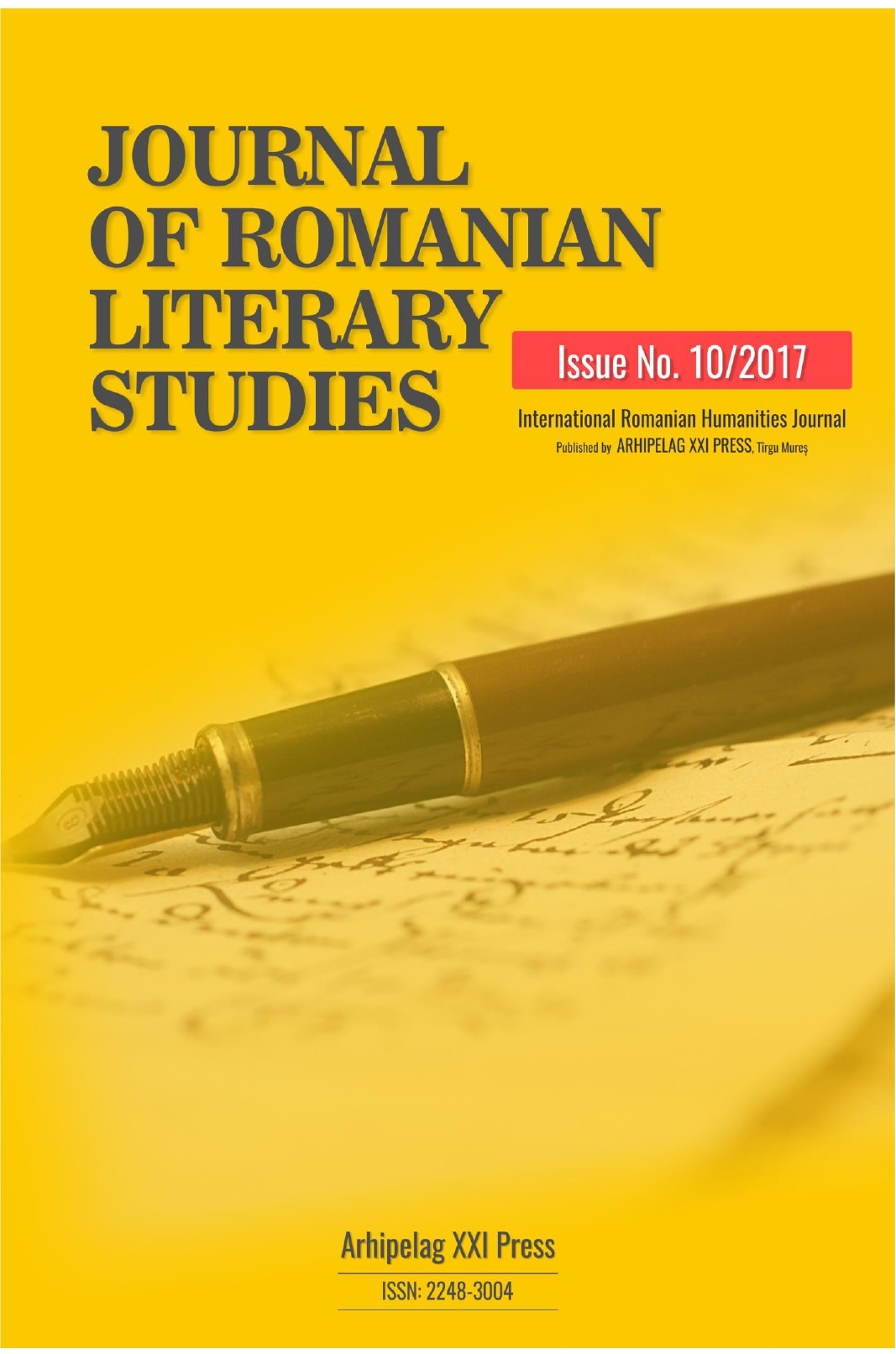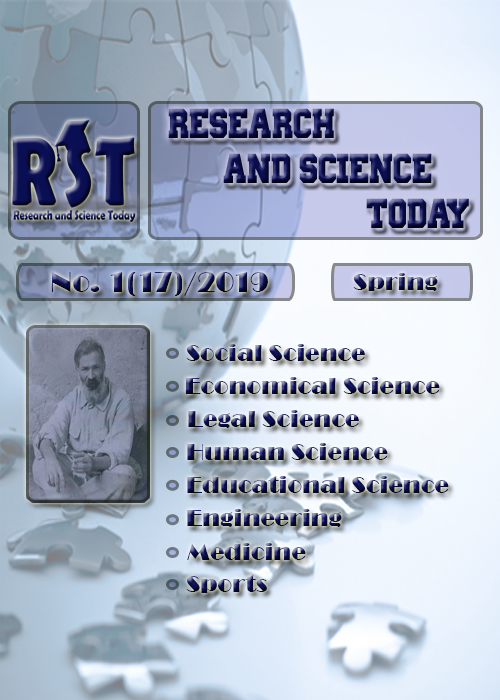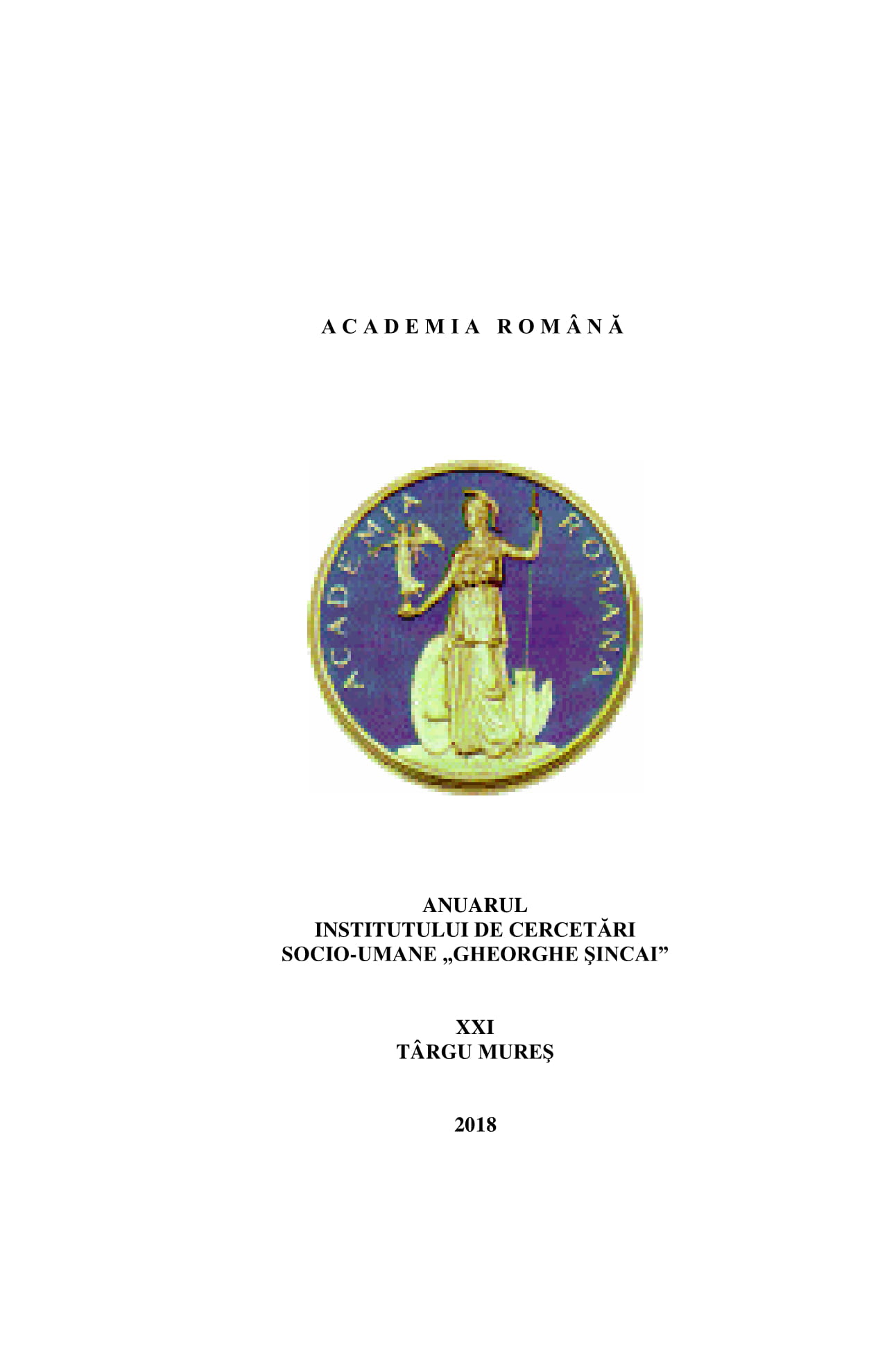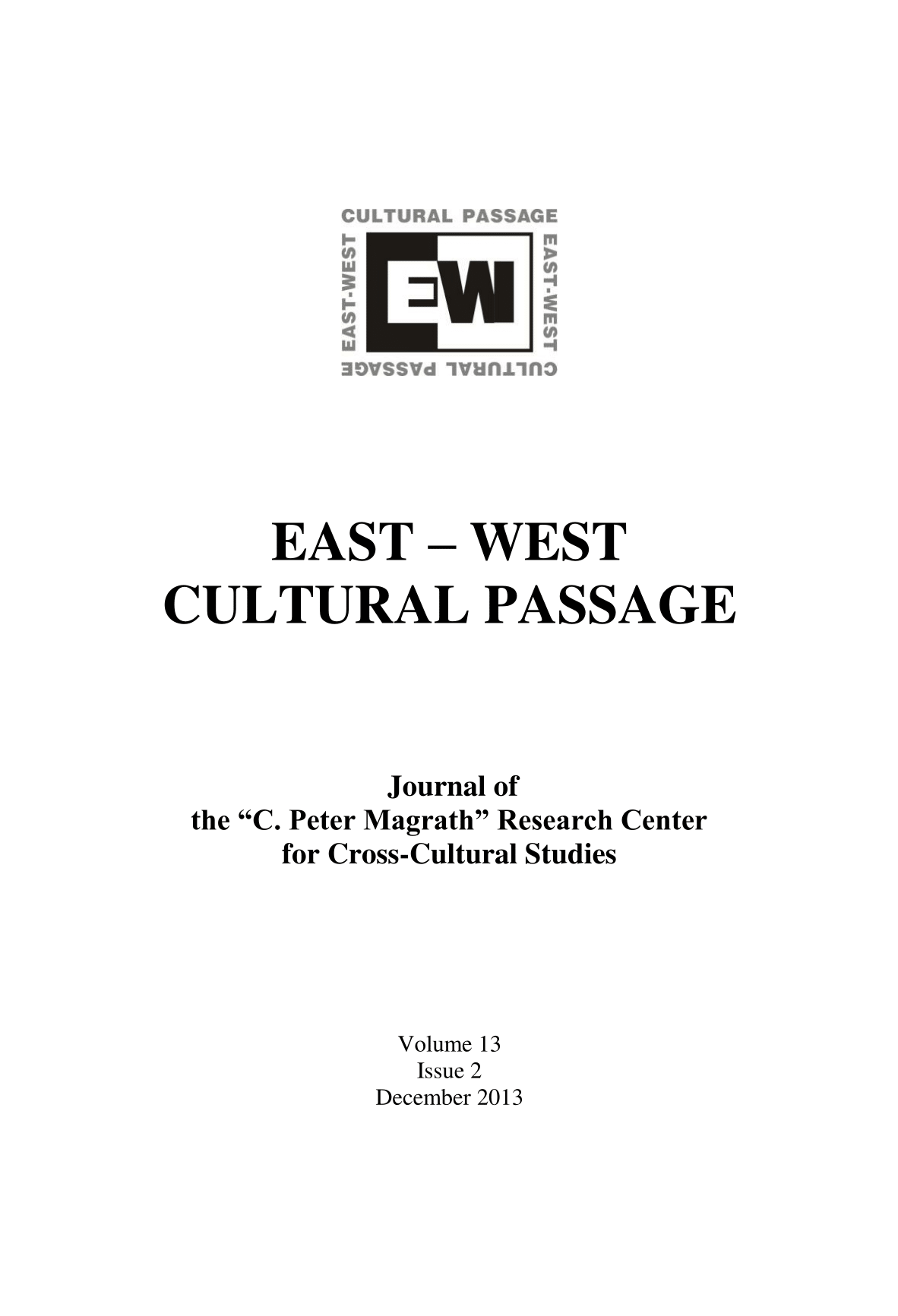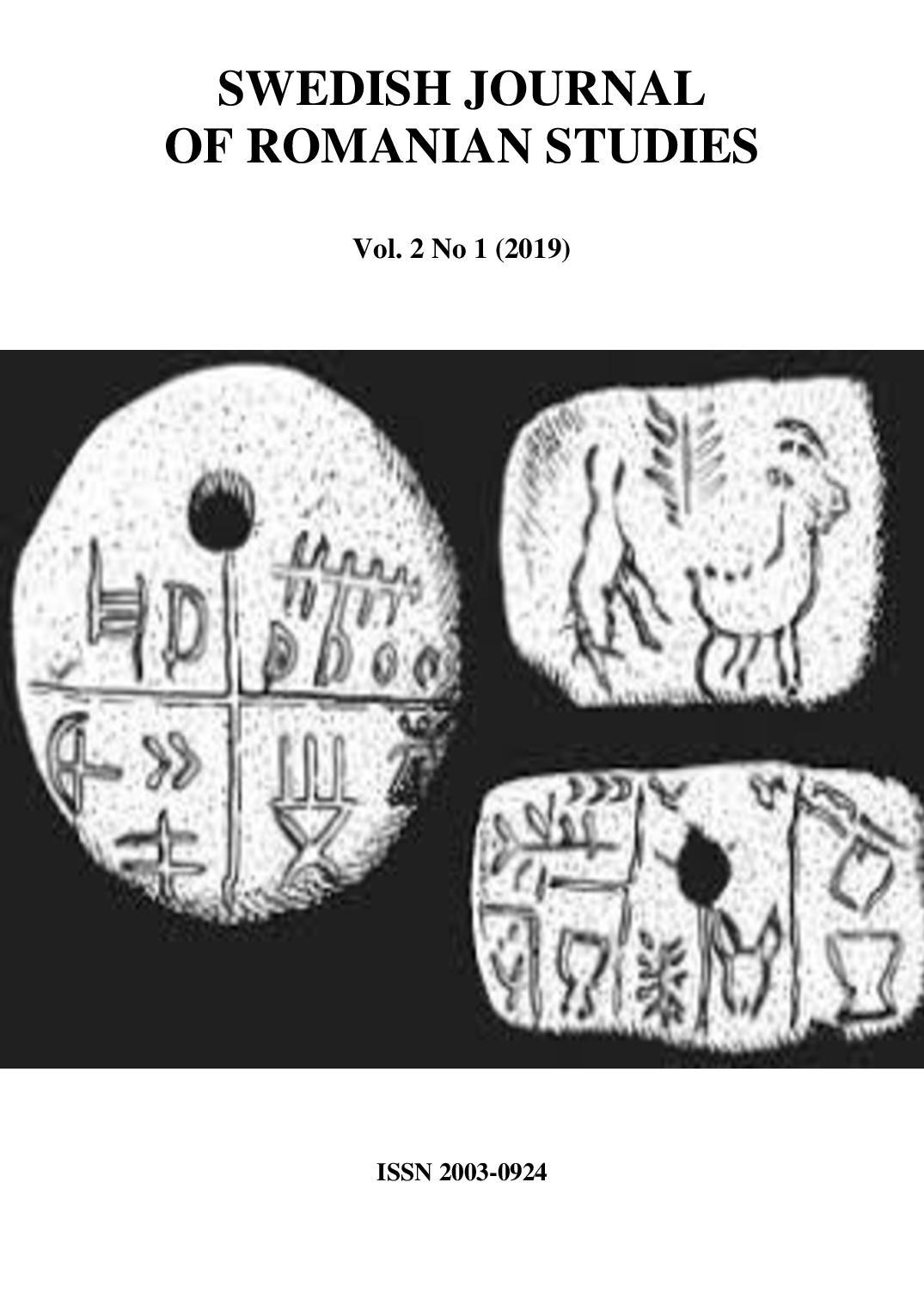Author(s): Mihaela Rusu / Language(s): Romanian
Issue: 18/2017
Dans la littérature roumaine, le solstice de juin constitue une source de confusion référentielle, le mythe étant associé à la fois aux écrits d'Eliade et au roman de Sadoveanu. Pour la culture roumaine, l'oeuvre de Mircea Eliade représente un cas particulier, celui d'un homme de lettres, doublé par un scientifique. Étant convaincu que la littérature est „la fille de la mythologie”, Eliade avance dans ses univers narratifs, bien qu'il ne reconnaisse pas toujours, les concepts générées par les recherches du scientifique, spécialiste de l'histoire des idées et des croyances religieuses. Il détérmine la migration du mythe, du rite et du symbole, des termes spécifiques au science de l'érudit, vers une sphère épique, d'origine fantastique, qui plonge subrepticement dans une dimension sacrée. Étant obsédé par la force régénératrice du mythe du solstice, Eliade transpose, d'une manière compensatoire, cette obssession dans son chef-d'oeuvre, qu'il intitule „La forêt interdite” [Noaptea de Sânziene]. Devant ce chef-d'oeuvre, le lecteur est provoqué à lire en paralèlle le roman d'Eliade et le roman de Sadoveanu, intitulé presque identique, „Nopțile de Sânziene” [Les nuits de Saint Jean], pour mettre en dialogue la matière du même mythe, transfiguré par l'imagination d'un écrivain et d'un érudit.
More...
